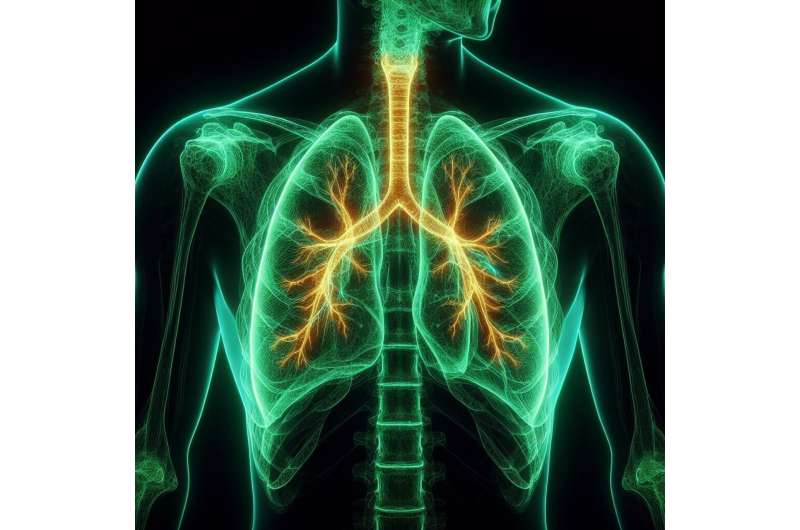Emergence of Omicron Subvariant BA.2.86 Challenges Natural Evolution Explanations

The Omicron BA.2.86 variant has emerged with unusual genetic mutations, raising questions about its origins and evolution, potentially involving animal hosts or laboratory factors. Learn about the latest research insights.
The SARS-CoV-2 Omicron lineage BA.2.86 has recently attracted scientific interest due to its unusual emergence. Notably, this variant appeared suddenly with approximately 30 mutations in the spike protein, a change similar to the earlier BA.1 Omicron variant. Despite its significant genetic differences, BA.2.86 was not initially highly infectious and did not dominate transmission trends. It wasn't until the virus evolved further into the JN.1 variant that a notable increase in COVID-19 cases was observed.
Researchers analyzing the origins of BA.2.86 found evidence of multiple sporadic cases scattered across different geographical regions during its emergence in mid-2023. The mutation profile of this lineage diverges from typical patterns observed in human-to-human transmission and also shows similarities with mutations found in immunocompromised patients. Interestingly, the mutation spectrum suggests complex evolution possibly involving cross-species transmission.
One hypothesis proposed is that the virus might have initially infected animals, where it accumulated several mutations in animal hosts or laboratory settings, before re-entering human populations. This scenario could explain the unusual mutation patterns, which are unlikely to have occurred independently by natural mutation in humans alone.
The findings raise concerns about potential animal reservoirs or laboratory-related origins, emphasizing the need for vigilant monitoring of viral samples, especially those cultivated in animal cells or labs. These insights, published in the JMA Journal, contribute to understanding the unpredictable pathways of virus evolution and highlight the importance of comprehensive surveillance in managing future outbreaks.
For more detailed information, visit source.
Stay Updated with Mia's Feed
Get the latest health & wellness insights delivered straight to your inbox.
Related Articles
Declining Childhood Vaccination Rates in the Netherlands: Insights from Recent Study on Socioeconomic Influences
Recent studies reveal a decline in childhood vaccination coverage in the Netherlands, driven by socioeconomic disparities and misinformation, highlighting the urgent need for targeted public health strategies.
Evaluating the Cost-Effectiveness of New Obesity Medications
New obesity drugs like semaglutide offer significant health benefits but present complex economic challenges. Recent research questions whether these medications pay for themselves through healthcare savings, emphasizing the need for strategic cost management.
Immunotherapy Before Surgery Enhances Long-Term Survival in Lung Cancer Patients: Findings from a Global Clinical Trial
A groundbreaking clinical trial shows that pre-surgical immunotherapy significantly boosts long-term survival in lung cancer patients, offering new hope for early-stage treatment success.
Study Shows COVID-19 Pandemic Significantly Increased Mental Health, Malaria, and Heart Disease Burdens
A new study highlights how the COVID-19 pandemic led to significant rises in mental health disorders, malaria in children, and heart disease in older adults, emphasizing the need for resilient healthcare systems and integrated strategies to manage long-term impacts.



